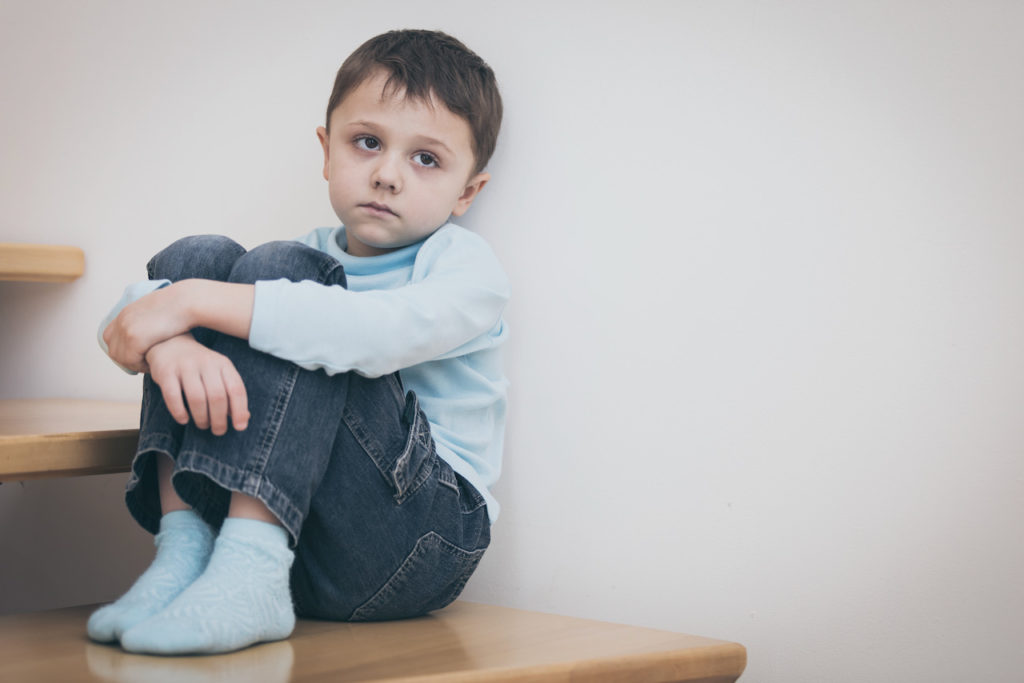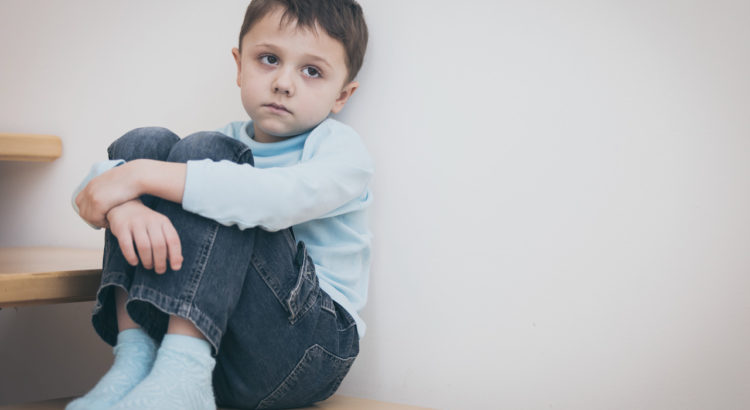
Children and young people have borne a disproportionate share of the suffering
It was all so predictable. The emergence of the SARS-COV-2 pandemic in early 2020 triggered the Government to impose a range of unprecedented restrictions upon its citizens – lockdowns, social distancing, mask mandates and school closures – that inevitably resulted in a perfect milieu for the growth of mental health problems: a poisonous mix of loneliness, fear and uncertainty. And while few can claim to be unaffected, it is arguable that children, teenagers and young adults have suffered the most.
The emotional costs of restrictions on our young people have been well documented throughout the COVID-19 crisis. In July 2020, 1-in-6 children were reporting significant mental health problems and, by winter the same year, 1-in-4 young people felt ‘unable to cope’. In autumn 2020, Ofsted (the schools inspectorate in England) identified a worrying increase in self-harm and eating disorders, while lockdowns evoked an ‘explosion’ of children with disabling tic disorders. This surge in mental health problems led to record numbers of children being prescribed antidepressants. The cumulative mental health consequences of 18 months of pandemic restrictions was summarised in a recent comprehensive review of the research evidence, the authors concluding that the impact on children and adolescents was ‘severe’, with 80% of young people reporting a deterioration in their emotional wellbeing. A large survey of primary school teachers in Wales reported high levels of anxiety and depression amongst staff. This will have potential to further impact on children, and also is leading to loss of dedicated teachers from the profession. Reports on long-covid in children have also highlighted the high rate of symptoms in their non-infected peers.
Although surveys and other statistical evidence effectively capture the psychological damage suffered by young people as a whole, the human consequences of school closures, reduced peer-to-peer interaction, and mask mandates comes into sharper focus when one explores how these impositions have impeded the work of frontline children’s services and parenting. The Coronavirus Act (2020) essentially gave local authorities the power to relax their legal duties for pupils with special educational needs and disabilities, the vast majority of this vulnerable group remaining indoors throughout the months of lockdown. Telephone and video consultations are inadequate means of conducting milestone checks, especially for children displaying atypical behaviours. As for those at risk of abuse in unsafe environments, home confinement and remote contact from professionals will often have denied victims the opportunity to speak up and ask for help.
Even when children have received real-life contact with teachers and other professionals, widespread masking will have impeded the benefits of these human interactions. Denying babies and toddlers the sight of familiar faces may detrimentally impact upon their social development. Infants are primed to seek full facial visual cues, with mimicry an essential ingredient of early language attainment, and they become distressed when denied sight of these (as powerfully illustrated in the video of the ‘Still face experiment’). It is vital for children that masks are removed from childcare settings and preschool groups – to emphasise this point, watch this video posted by a preschool teacher, and decide if these children look happy. Anecdotal reports from an audiologist indicate that many children are wearing masks even when attending for Ears, Nose and Throat appointments, displaying fear and fidgeting throughout, and accompanied by parents who remain unaware of the likely detrimental impact of mask rebreathing on this cohort. She has witnessed an increase in anxiety behaviours in some children attending clinic, who have not been in school, observing increased breath holding during testing, fidgeting and fear of contact. “As a result I have been teaching a simple ‘breath work’ exercise to encourage mindful breathing with the inclusion of a visualisation story”. “When I see them, I gently make clear that for the test, their child may remove the mask, but what is apparent is that so many families are still very fearful”. We must ask, why is fear still at these elevated levels?”
It is clear that children and young people have borne a disproportionate share of the suffering throughout the pandemic. While a future expansion of psychological support to these groups will be required to alleviate the emotional damage already inflicted, as of now the most effective way to aid recovery would be for the Government to ensure the removal of all remaining COVID-19 restrictions and vow never to impose them again.

